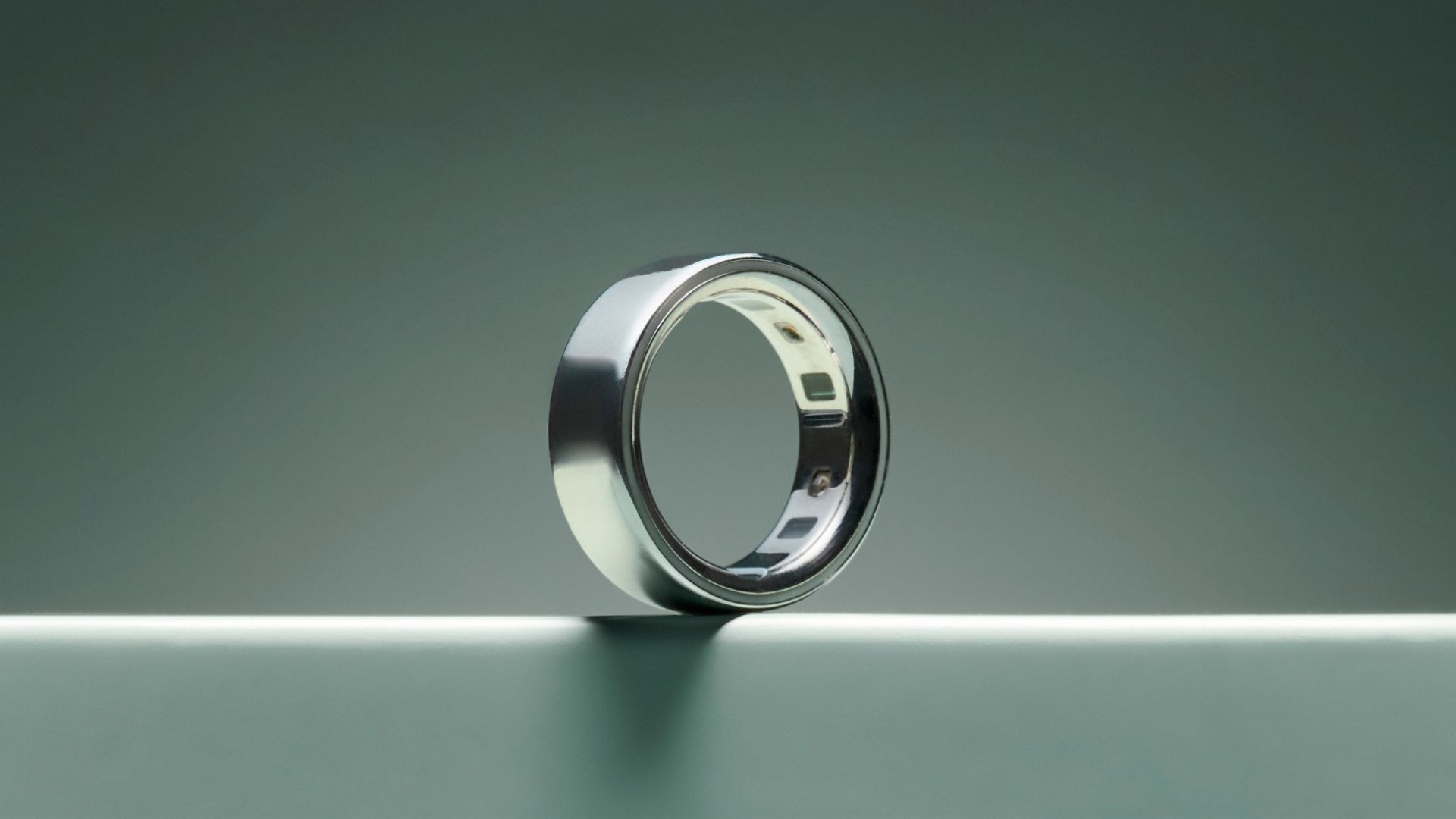Pixel 4 vs. Pixel 3: What's New?
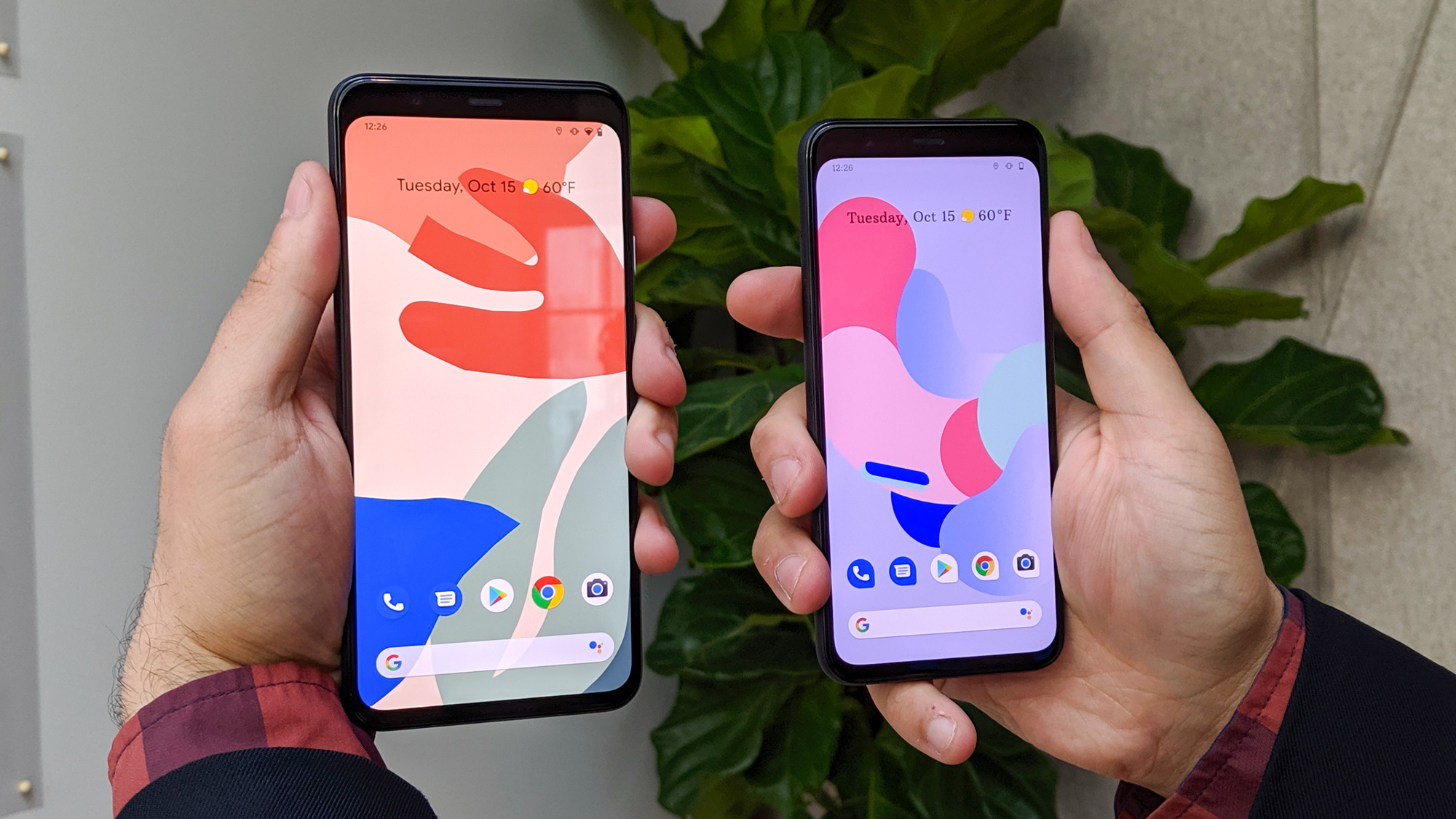
Updated, Nov. 5: We've added results from our Pixel 4 and 4 XL tests, along with photo comparisons between this year's Pixels and last year's models.
A lot of Pixel 4 features may have leaked prior to October's introduction of Google's latest smartphones, but that doesn't mean there aren't significant changes from last year's Pixel 3 and Pixel 3 XL. Google's latest smartphones introduce a number of software improvements, an extra rear camera, the ability to control the phone with gestures and — in the case of the Pixel 3 XL — a slightly altered look.
Here's a closer look at how the Pixel 4 compares to the Pixel 3.
Pixel 4 vs. Pixel 3: The specs
| Phone | Pixel 4 | Pixel 4 XL | Pixel 3 | Pixel 3 XL |
| Display (Resolution) | 5.7 inches (Full HD+) | 6.3 inches (Quad HD+) | 5.5 inches (Full HD+) | 6.3 inches (Quad HD+) |
| CPU | Snapdragon 855 | Snapdragon 855 | Snapdragon 845 | Snapdragon 845 |
| Memory | 6GB | 6GB | 4GB | 4GB |
| Storage | 64GB, 128GB | 64GB, 128GB | 64GB, 128GB | 64GB, 128GB |
| Rear Cameras | 12.2-MP main (f/1.7), 16-MP telephoto (f/2.4) | 12.2-MP main (f/1.7), 16-MP telephoto (f/2.4) | 12.2-MP (f/1.8) | 12.2-MP (f/1.8) |
| Front Cameras | 8-MP (f/2.0) | 8-MP (f/2.0) | Dual 8-MP (f/2.2) | Dual 8-MP (f/2.2) |
| Battery Size | 2,800 mAh | 3,700 mAh | 2,915 mAh | 3,430 mAh |
| Battery Life (Hrs:Mins) | 8:03 | 9:42 | 8:27 | 9:30 |
| Size | 5.7 x 2.7 x 0.3 inches | 6.3 x 2.9 x 0.3 inches | 5.7 x 2.7 x 0.3 inches | 6.2 x 3.0 x 0.3 inches |
| Weight | 5.7 ounces | 6.8 ounces | 5.2 ounces | 6.5 ounces |
| Colors | Just Black, Clearly White, Oh So Orange | Just Black, Clearly White, Oh So Orange | Just Black, Clearly White, Not Pink | Just Black, Clearly White, Not Pink |
Pixel 4 vs. Pixel 3: Price and availability
Despite rumors that Google was eyeing a price hike for its new smartphones, the Pixel 4 lineup debuts at the same price that the Pixel 3 featured last year. That means you can get a 64GB Pixel 4 for $799, while the Pixel 4 XL will set you back $899.
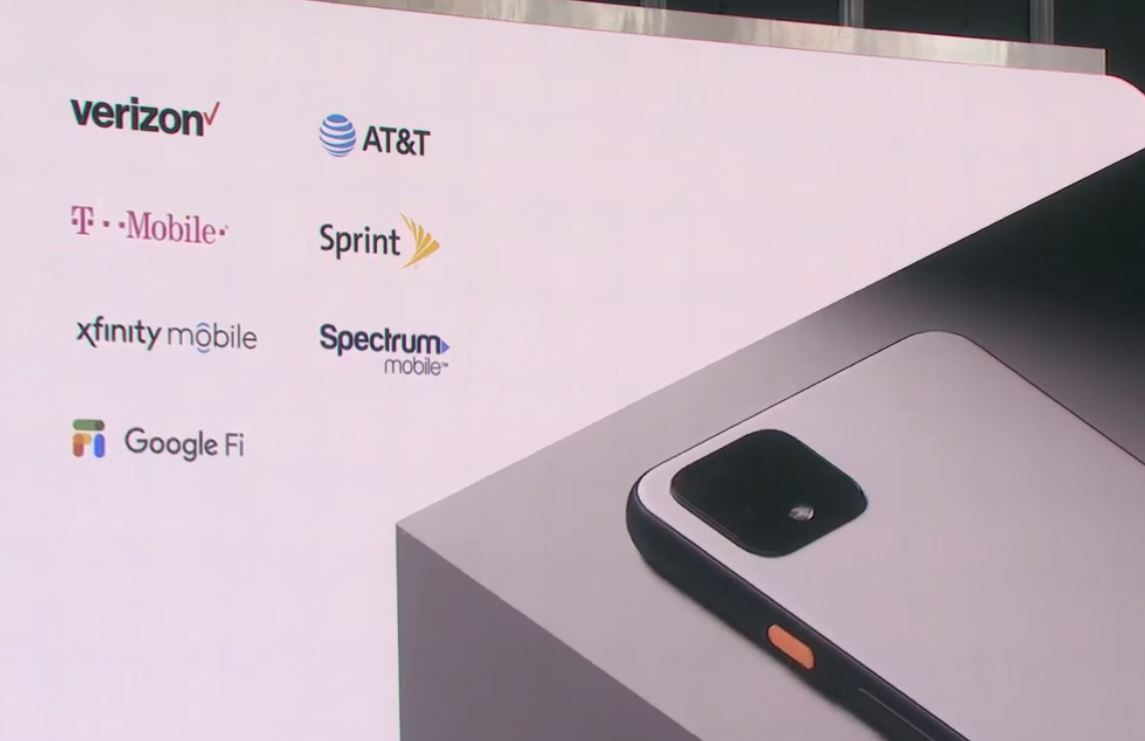
The arrival of new phones means that prices have fallen for the older Pixel models, and the drop is particularly steep at Google's own store. As of this writing, you can buy a Pixel 3 for $499 and a Pixel 3 XL for $599. That puts last year's flagship in the price range of the Pixel 3a, which starts at $399.
One big difference with the Pixel 4 is that you can buy it from more places. Previously, if you wanted a flagship Pixel, you either bought the phone at Google's store or through Verizon. Now all the Big Four carriers are selling the Pixel 4, and you'll even find it at carriers like Xfinity Mobile and Spectrum Mobile. Google Fi, Google's own wireless service, will continue to sell Pixel phones.
Use our buying guide to find the best deals for the Pixel 4 as well as the latest Pixel 3 deals.
Get instant access to breaking news, the hottest reviews, great deals and helpful tips.
Winner: Pixel 4
Pixel 4 vs. Pixel 3: Design and display
RIP, notch. The Pixel 3 XL turned to a notch for housing that phone's front cameras so that it could squeeze in some extra screen space. Both the Pixel 4 and Pixel 4 XL look more like the Pixel 3, with a noticeable top bezel that holds all the sensors needed to support the new phones' Motion Sense and face unlocking features. (We'll discuss those in a moment.)
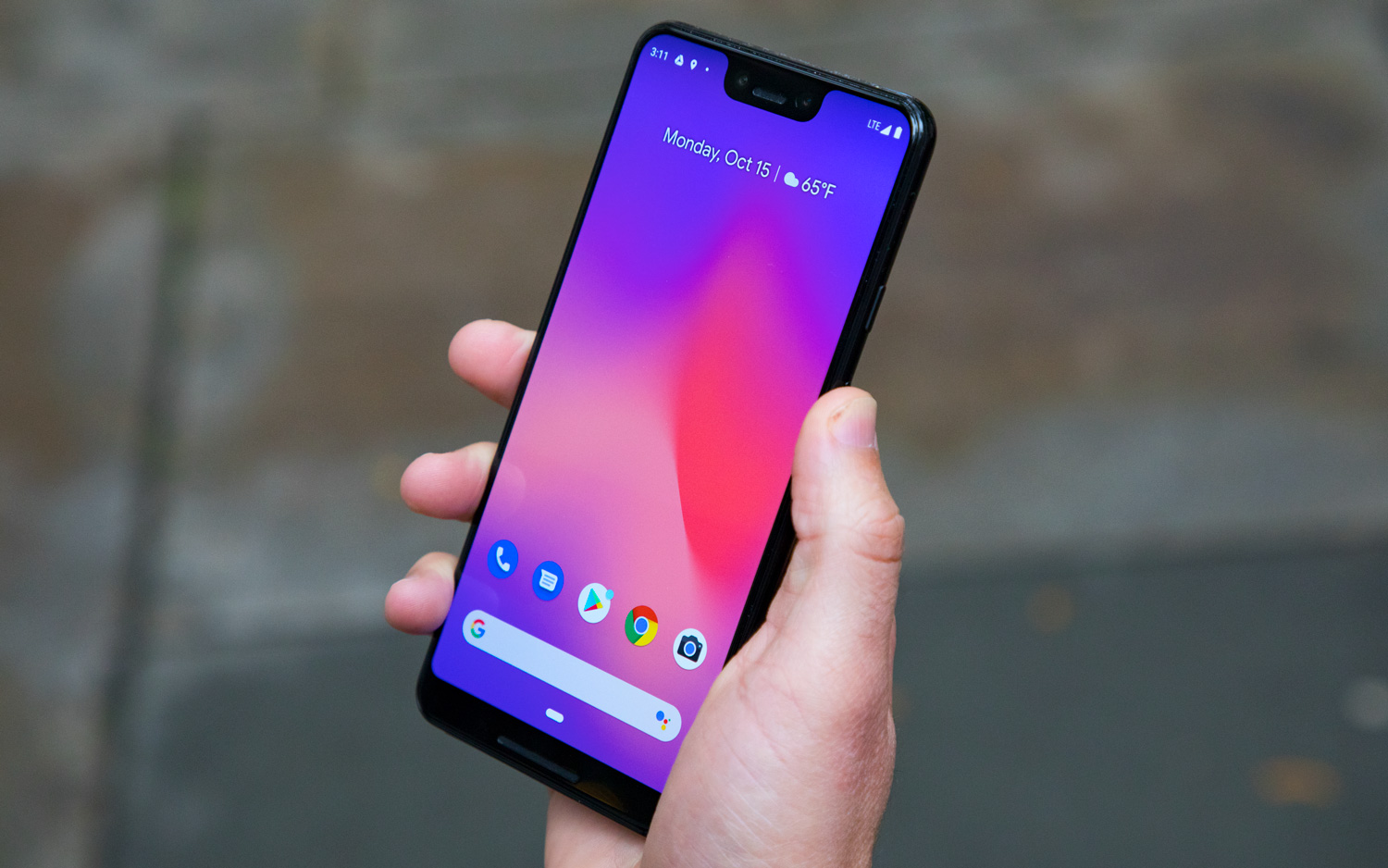
The bottom bezel found on the Pixel 3 is a goner on these new models. Instead, Google relocated the lower part on its stereo speakers to the bottom edge of the phone, where it now flanks the USB-C port.
You'll get a bigger screen on the Pixel 4 than you did with the Pixel 3 — 5.7 inches versus 5.5 inches. The Pixel 4 XL maintains the Pixel 3 XL's 6.3-inch screen size.
This year's Pixel displays aren't as colorful as last year's models. The Pixel 4 captured 130.1% of the sRGB color spectrum, compared to 202% for the Pixel 3. (The XL versions had a similar disparity.) Yet the Pixel 4's colors are more accurate, with a Delta-E rating of 0.34 to the Pixel 3's 0.44 score. (Numbers closer to zero are better.)
Last year's Pixels had a problem with dim displays and that hasn't improved very much with the Pixel 4. The new phone measured just 429 nits on a light meter, which at least is a little brighter than the Pixel 3's 401-nit result.
The biggest change with the Pixel 4's display concerns another feature, though; both new Pixels feature a 90-Hz refresh rate on their screens. That means for smoother scrolling and a more visually immersive experience. Even better, Google promises the 90-Hz refresh rate kicks in dynamically, depending on what you're using your phone to do. That should mean less battery drain if the Pixel 4 is only using the faster refresh rate when you're reaping the biggest benefit.
Both Pixel 4 models come in Just Black, Clearly White and Oh So Orange. (The latter color is available in limited numbers.) The black and white options return from the Pixel 3, but the old Not Pink option has been retired.
Winner: Pixel 4
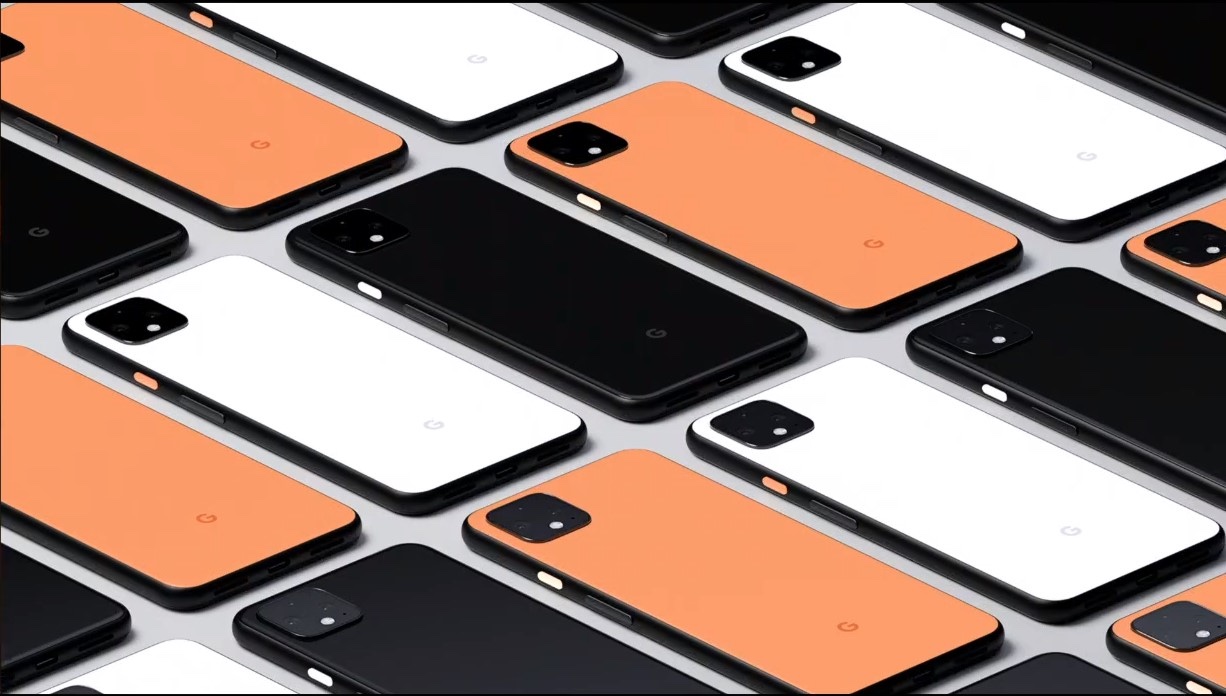
Pixel 4 vs. Pixel 3: Motion controls and Face Unlock
One of the big changes Google is introducing on the Pixel 4 can be found right on the front of the new phones. Google has inserted a radar sensor into the front of its phone, which is capable of detecting gestures. That's allowed Google to introduce a new Motion Sense feature in which you can control some parts of the Pixel 4 just by making a swipe gesture.

Gesture controls are limited for now to things like dismissing phone calls, controlling music playback and silencing alarms. But Motion Sense felt pretty intuitive during our time with the Pixel 4, and it's definitely a feature that distinguishes Google's new phones from its older models.
Those sensors and cameras that make Motion Sense possible also enable another new feature on the Pixel 4 and 4 XL. You can use facial recognition to unlock the phone, and Google is promising that its version is faster than anything else out there, as the Pixel 4's unlock process starts before you even pick up the phone. Those sensors are able to detect when you're nearby, so the phone is already awake as you go to pick it up.
Winner: Pixel 4
Pixel 4 vs. Pixel 3: Cameras
Motion Sense may be the biggest addition to the Pixel 4, but the most noticeable change with the new phones is the addition of a second camera lens on the back. Previously, Pixel phones had made do with a single rear camera, but for the Pixel 4 and 4 XL, a 16-MP telephoto lens joins the 12.2-MP dual-pixel main shooter found on the Pixel 3. That means you'll get a 2x optical zoom with the Pixel 4, and the Super Res Zoom feature found on previous Pixels should mean that you'll be able to zoom in even further without a noticeably fuzzier image.
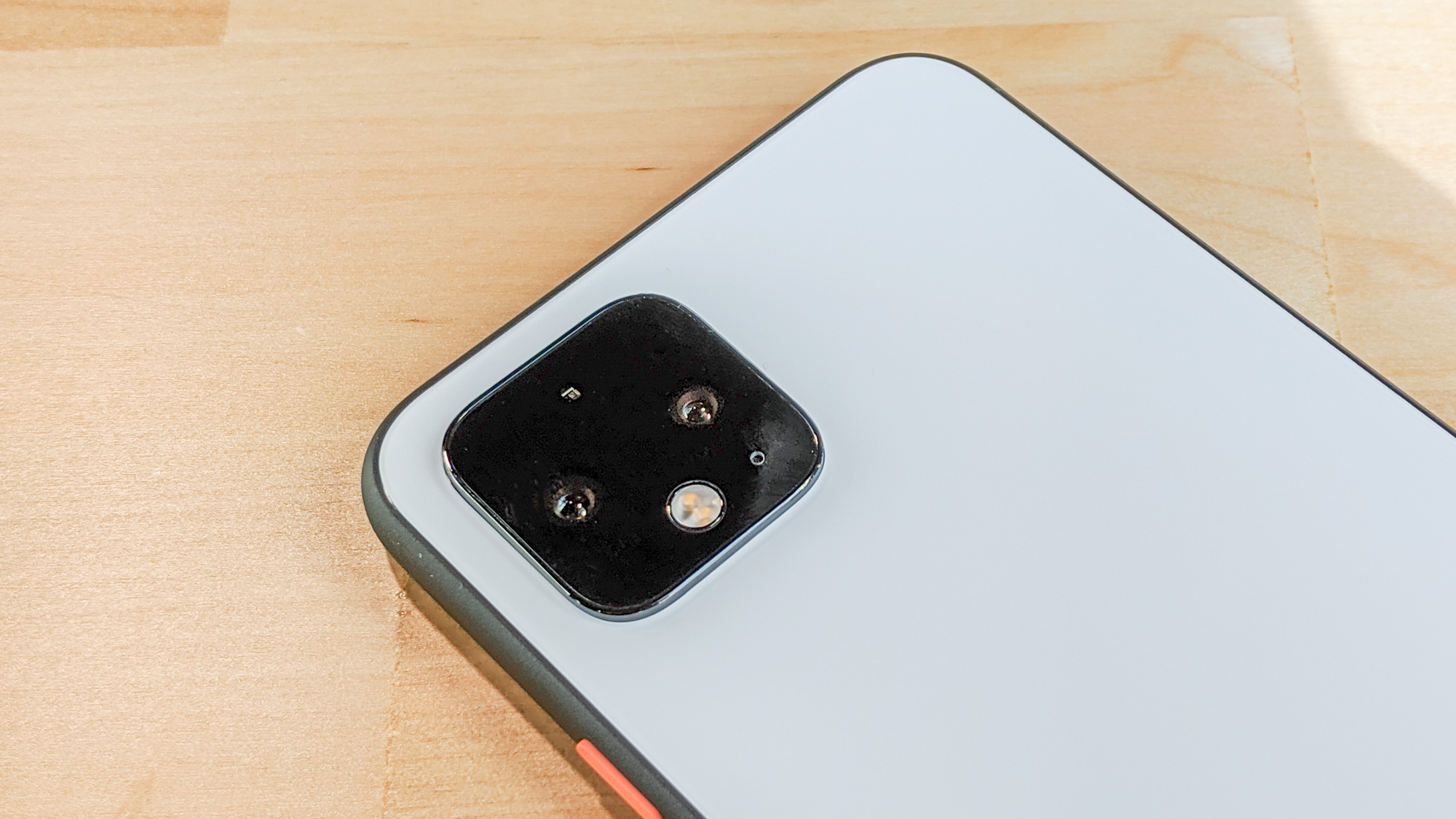
Google also continues to flex its computational photography muscles that have made past Pixel among the best camera phones. The Night Sight low-light photography feature that made such a splash with the Pixel 4 is back, only it's been beefed up with astrophotography features that let you take sharper pictures of the night sky.
Live HDR+ in the view finder lets you see exactly what your photo will look like before you take the shot, and the Pixel 4 uses machine learning to improve white balance in photos. Google says it's improved Portrait mode on the new phones, too, with smoother blurs and the ability to shoot at a greater distance than before.
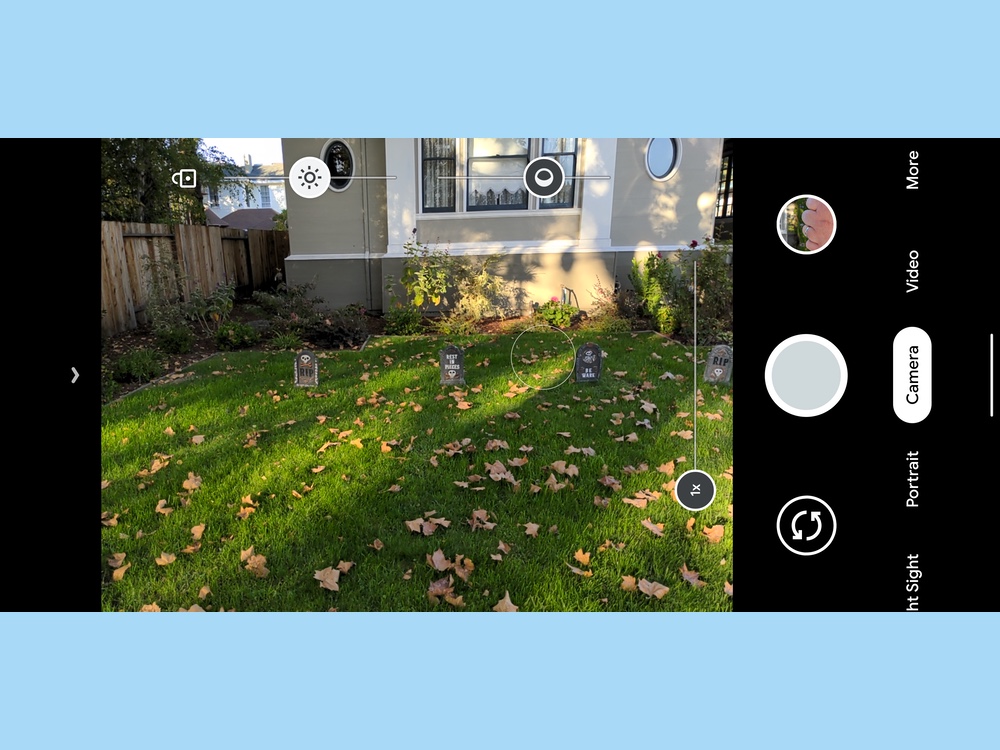
With dual exposure controls, the Pixel 4 also gives you slider adjustments for the brightness and shadows as you shoot in the camera app.
The Pixel 3 offered a pair of front cameras to aid in wider-angle self portraits, but that feature's gone from the Pixel 4. Instead, Google's new phones feature a single 8-MP wide-angle camera.
We've done a more thorough face-off between the Pixel 4 and Pixel 3 cameras, but Google's new phones clearly have an edge. You can see that when you use the telephoto lens and Super Res Zoom feature for an 8x zoom on objects like this clock tower. The Pixel 4's shot keeps things in focus, while the Pixel 3 lets a little more fuzziness into the picture with no telephoto lens to help things out.
Improvements to Night Sight are also on display when you pit Google's most recent flagships against one another. In a challenging Halloween tableau with plenty of backlighting, the Pixel 4's Night Sight model captures more detail while keeping the lighting in balance. You could argue that the Pixel 3 handles white balance better in its shot, but it loses too much of the scene to shadows, with an unnatural cast to the light.
If there's one area where the Pixel 3 keeps pace with the Pixel 4, it's in portrait shots, where we didn't really see the promised improvements that better separate the subjects of shots from their backgrounds. I think the Pixel 3 handled the blur around my daughter just as capably as the Pixel 4, which still blurred some loose strands of hair. And the Pixel 4 got overly aggressive with face smoothing.
Winner: Pixel 4
Pixel 4 vs. Pixel 3: Performance
In one of the most predictable changes for a new smartphone, the Pixel 4 gets a new and improved processor over the Snapdragon 845 that powered last year's Pixel 3 lineup. The Pixel 4 features a Snapdragon 855 processor, which should give it a boost in both speed and graphics performance over last year's models.
Running Geekbench 5, which measures general performance, the Pixel 4 produced a multicore score of 2,329. That's an improvement over the 2,137 result that the Pixel 3 got on that same test.
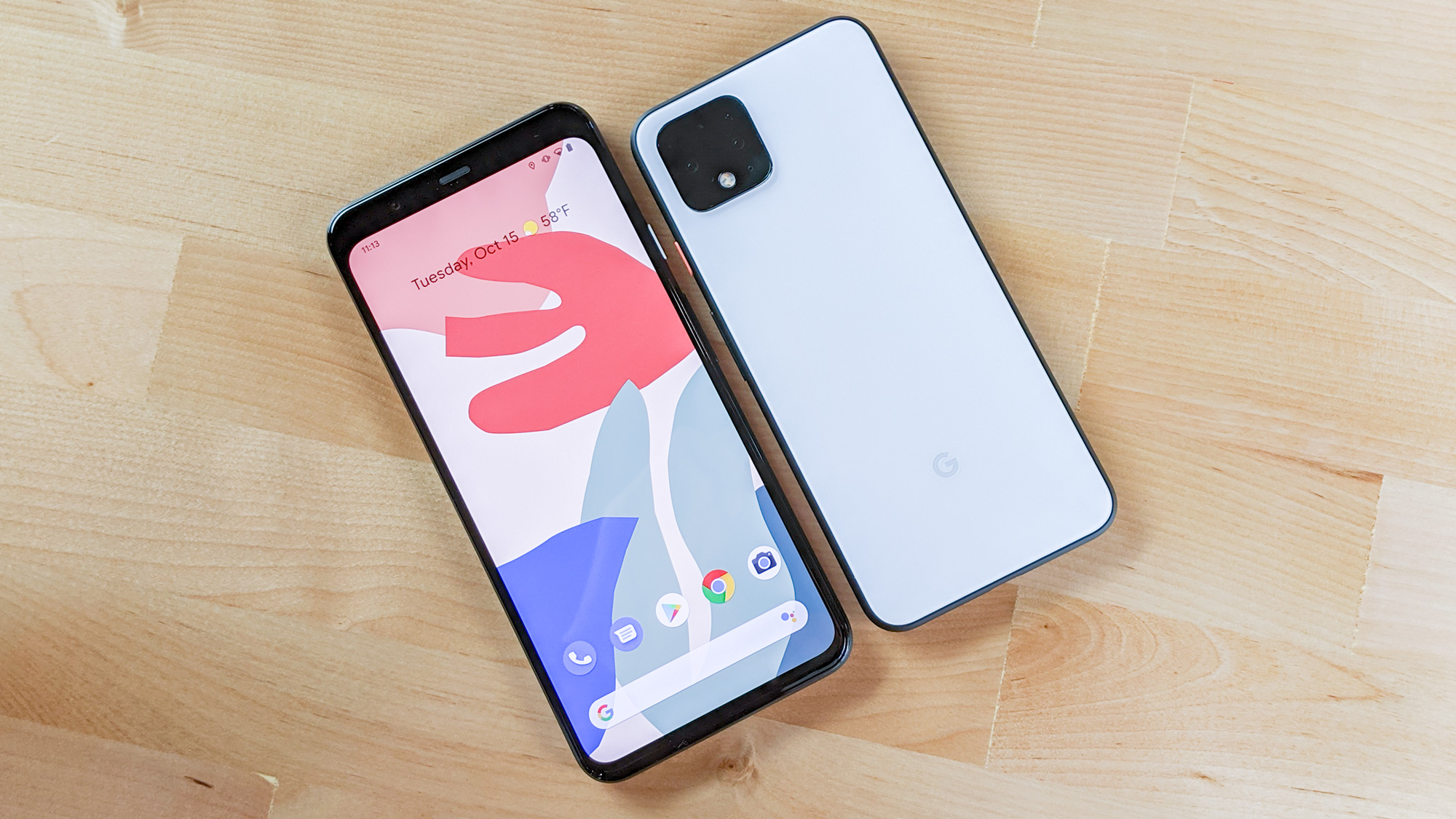
Part of that improvement can be chalked up to the fact that Google has packed more RAM into its new phones. The Pixel 4 and 4 XL both have 6GB of RAM, an increase over the 4GB that shipped with the Pixel 3. That translates to peppier performance, particularly when multitasking.
One area that didn't see improvement is with the amount of storage available in the base model. The Pixel 4 and Pixel 4 XL start out with 64GB of storage; you can upgrade to 128GB for an additional $100. That's unchanged from the Pixel 3, and in an age where more flagship phones are starting out with 128GB of capacity — or more — it puts the Pixels at a disadvantage.
Winner: Pixel 4
Pixel 4 vs. Pixel 3: Google Assistant, Recorder and more
The Pixel 4 ships with Android 10, but since that new version of Android is already available for Google's other phones, that's hardly a distinguishing feature. Instead, the Pixel 4 stands out from the Pixel 3 for some of the new features and functions Google has built into its latest phones.
Google says the voice-powered Google Assistant is now more fully integrated into the Pixel 4. As before, you can squeeze the sides of the phone to summon the assistant, but once it's awake, you can use your voice to power more commands, including those involving third-party apps.
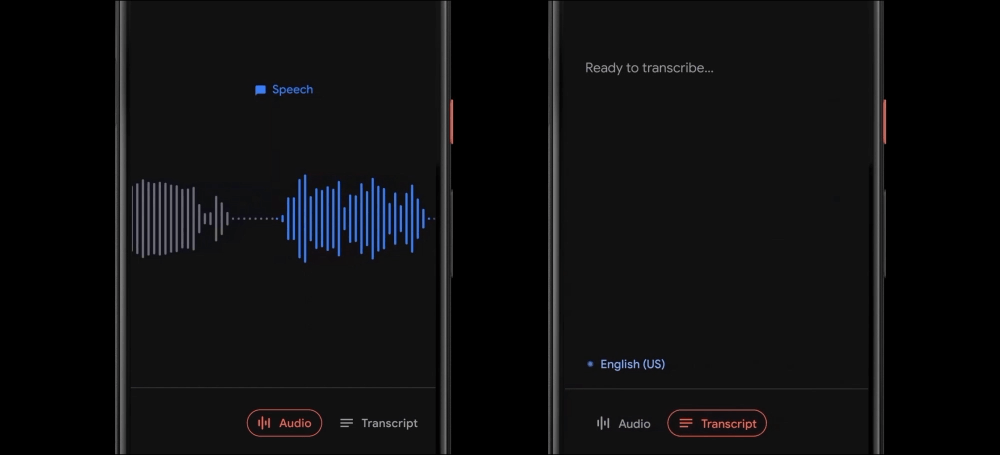
A particularly impressive feature is the new Record app Google has added to the Pixel 4. It's a voice recorder that's capable of providing real-time transcription with the tap of a button. Later, when it's time to find your recording, you can search by specific phrases, and the app will even highlight where in the playback timeline the phrase you're looking for has been uttered.
Best of all, all this transcription and language processing happens on the Pixel 4 itself — nothing gets beamed back to Google's servers, so your recordings remain private. That also means you can use the feature when you're offline.
Winner: Pixel 4
Pixel 4 vs. Pixel 3: Battery
Despite all the changes Google introduced to the Pixel 4, the battery life picture looks mixed. The Pixel 4 XL has a bigger battery than the power pack inside the Pixel 3 XL — 3,700 mAh versus 3,430 mAh — but the Pixel 4's battery has actually shrunk. The new phone features a 2,800 mAh battery compared to 2915 mAh in the Pixel 3.
We found that a bit concerning when the Pixel 4 launched, as battery life was not a strong suit for the Pixel 3. Last year's smaller phone lasted 8 hours, 27 minutes on our battery test, while the Pixel 3 XL held out for 9 hours, 30 minutes. Both times are below the average for smartphones.
Our fears turned out to be well-founded. The Pixel 4 actually turned in a worse time than its predecessor on our battery test, dying after 8 hours, 3 minutes. The Pixel 4 XL outlasted the 3 XL, but only barely, with a 9 hour, 42 minute result. Clearly, the Pixel lineup can't keep up with long-lasting phones from Apple and Samsung.
As with last year's models, the Pixel 4 supports 18-watt fast charging, and you can also charge the phones wirelessly.
Winner: Draw
Outlook: Get the Pixel 4
The Pixel 4 may not look that much different from the Pixel 3 on the outside, but true to its reputation, Google's made plenty of software changes that really set apart its new phones from the Pixel that came before. Current Pixel 3 owners may want to hold on to their devices, but anyone with an older phone will certainly want to consider the Pixel 4 for its improved smarts and more powerful processor.
That said, the Pixel 3's reduced price does make it an intriguing alternative if you're looking to save some money. The camera on the Pixel 4 is better, but not significantly so, and there's no real change in battery life. That said, if price is a primary concern, you could find an even less expensive Google handset by opting for the Pixel 3a, and giving up the Pixel 4's 90-Hz refresh rate is a big sacrifice.
We think the Pixel 4 is the Google phone to get, thanks to its smarter software and other improvements. And the fact that it has the smartest camera around places it on our current list of the best phones you can buy.
Philip Michaels is a Managing Editor at Tom's Guide. He's been covering personal technology since 1999 and was in the building when Steve Jobs showed off the iPhone for the first time. He's been evaluating smartphones since that first iPhone debuted in 2007, and he's been following phone carriers and smartphone plans since 2015. He has strong opinions about Apple, the Oakland Athletics, old movies and proper butchery techniques. Follow him at @PhilipMichaels.

